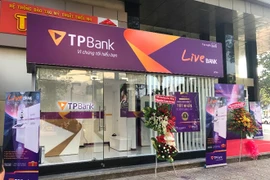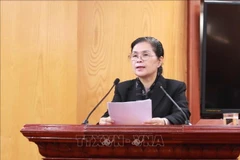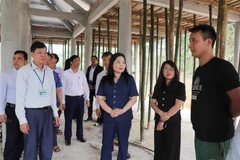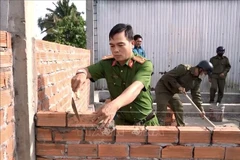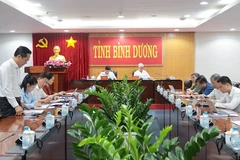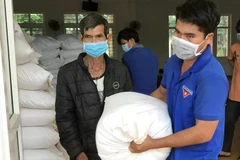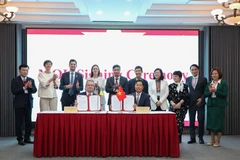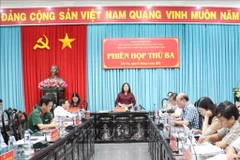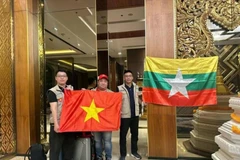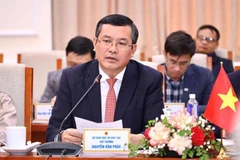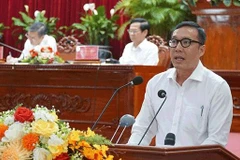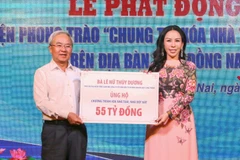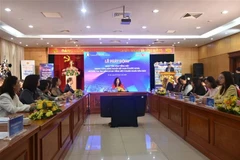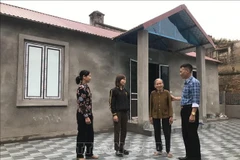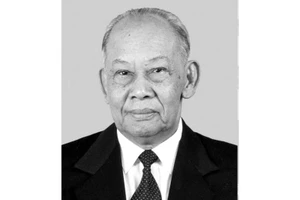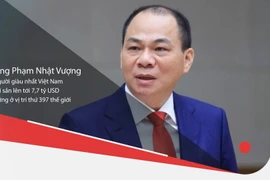Statistics from the World Bank showed that only 8 percent of adults in Vietnam usemobile phones to access their bank accounts compared to 40 percent in China, 33percent in Malaysia and 17 percent in Thailand. In addition, many poor peoplein Vietnam have not accessed mobile banking services.
Speaking at the workshop on mobile banking for the poor and women held in Hanoilast week, Pham Xuan Hoe, Deputy Director of the Banking Strategy Instituteunder the State Bank of Vietnam, said poor people faced two big difficulties inaccessing and using financial products and services.
“Firstly, the financial channels for people in remote and mountainous areashave been limited. In addition, products and services of financial institutionsincluding banks have not been simple and suitable for them,” Hoe said.
Kieu Kỵ village in Hanoi’s Gia Lam district has 39 households borrowing loansunder the Vietnam Bank for Social Policies (VBSP) credit programmes. Mostof them are women using the loans to invest in gold-laminating craft andleather making.
The households regularly get updates on the loans, such as payment deadlinesand term deposits through texts on their mobiles. No one faces overdue debtthanks to the mobile banking service, despite the total outstanding loans of 1.5billion VND (64,937 USD).
Vu Thi Thanh Huyen from Kieu Ky village said the households received textsrelating to the loans regularly thanks to VBSP’s mobile banking project. Banksdid not have to meet them to remind them about their debts.
Luu Thi Thao, deputy director of VBSP’s Centre for Information and Technology,said the bank would continue to pilot mobile banking services with more than30,000 borrowers to help poor people access their services.
“With more than 130 million mobile phone subscribers nationwide, the use ofVBSP’s mobile banking would contribute to complete the national overallfinancial strategy. The central bank is building the strategy and will submitit to the Government for approval by the end of this year,” Thao said.
She also said the strategy would provide favourable conditions for adults andbusinesses to access and use financial products and services conveniently at areasonable cost.
The State Bank of Vietnam is building a national overall financial strategywhich values digital technologies of banks and credit institutions. Theultimate target is to popularise access and use of financial products andservices, especially to poor people.
“SMS services would be one effective tool to help poor households getacquainted with digital technologies. It would also help banks diversify theirproducts and service,” Thao added.
She said the SMS service had affected customers’ awareness and responsibilityin debt payment and saving accounts.
According to the VBSP, the SMS service provided to its 856,608 customers in 10localities helps them save more than 42.8 billion VND. The service costs thebank 250 VND per SMS, thus reducing their operation costs by 12 times.
The bank has provided SMS through mobile phones to its customers in 63 citiesand provinces nationwide since 2016. It has sent more than 6.9 million SMSs tocustomers.
The workshop was under the cooperation of VBSP, Mastercard and the AsianFoundation with supports from the Australian government to increaseaccess to a full range of financial services for low-income households,especially women-led micro-enterprises.-VNS/VNA


